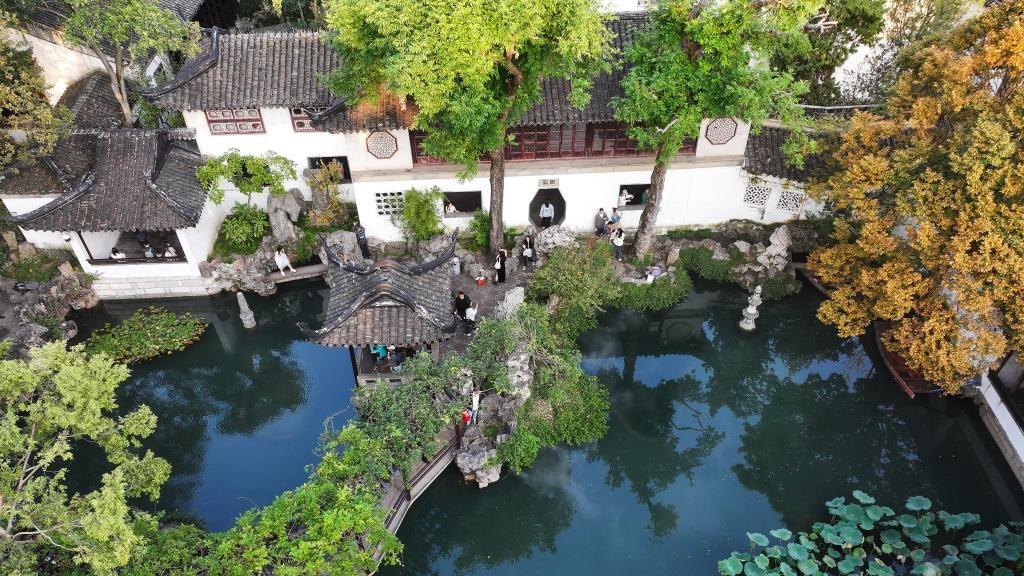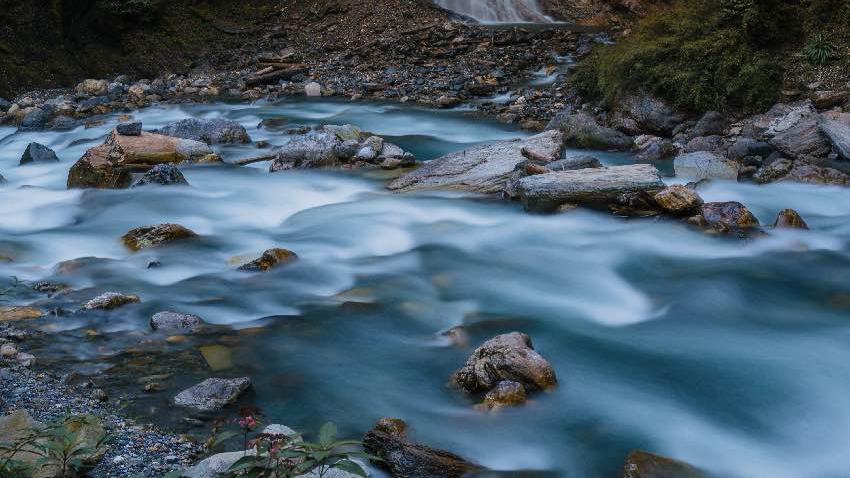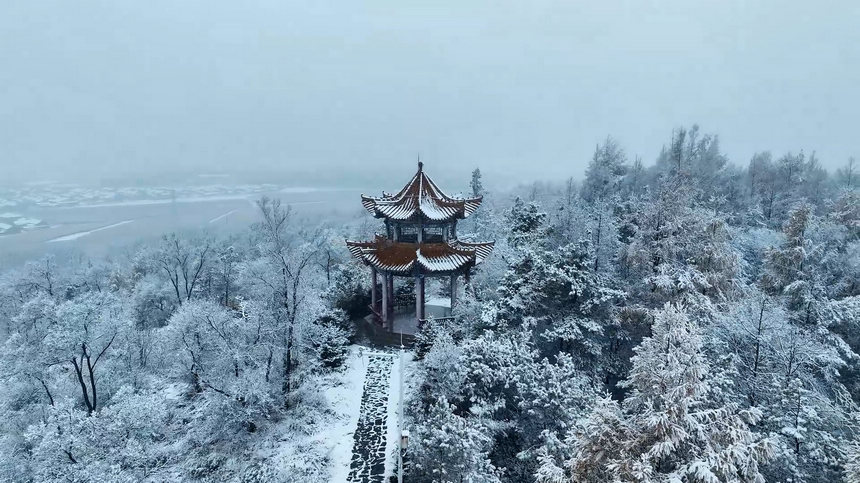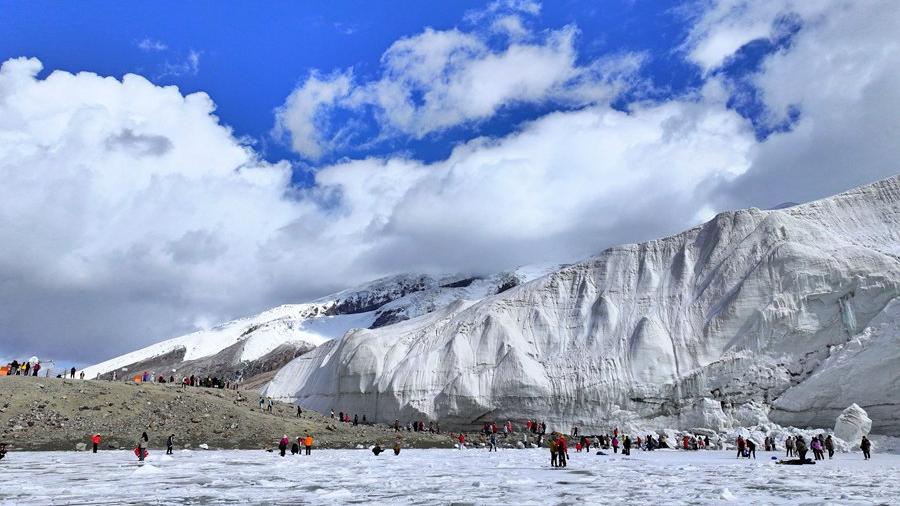Scientists smash record for longest ice core in world’s mid- to low-latitudes regions
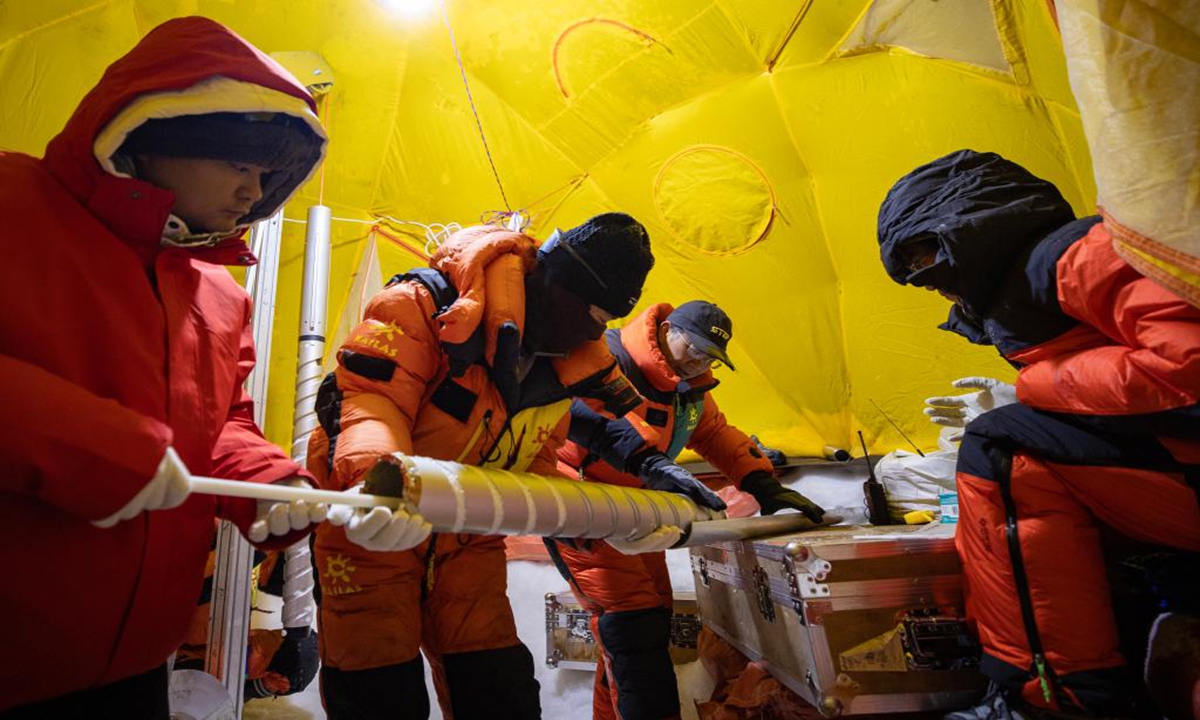
Chinese scientists have successfully extracted a 324-meter ice core with domestically-made drilling equipment in Purog Kangri Glacier in Tsonyi, China's highest-altitude county. (Photo: Xinhua News Agency)
Chinese scientists have successfully extracted a 324-meter ice core with domestically-made drilling equipment in Purog Kangri Glacier in Tsonyi, China's highest-altitude county, averaging over 5,000 meters above sea level in Xizang Autonomous Region, setting the record for the longest ice core drilled from a glacier in the world's mid- to low-latitudes, the Institute of Tibetan Plateau Research (ITP) under the Chinese Academy of Sciences (CAS) told media outlets on Wednesday.
The previous record, set in 1992, was held by the Guliya Ice Cap in Xizang's Ngari Prefecture on the Qinghai-Xizang Plateau, which was the longest ice core ever drilled on the plateau and the longest outside polar regions globally. Scientists from China and US drilled a 308.6-meter ice core, spanning more than 700,000 years, said Xinhua.
The scientifically rewarding research was achieved thanks to a team led by Xu Baiqing, a deputy director of the ITP, after more than a month's effort at the top operating point of Glacier.
Xu said that the longest ice core on the plateau is characterized by unique geographic and climatic features, capturing historical changes in the region, including vital climate indicators like temperatures and precipitation, as well as environmental incidents like volcanic eruptions and atmospheric pollution, which offer both valuable data and samples for studying the patterns, mechanisms, and potential future trends of global climate change, and for predicting future trends.
Drilling and preserving ice cores allows us to understand changes in climatic conditions by obtaining valuable historical data, Xu added.
Yao Tandong, an academician of the CAS, said that by measuring the thickness and extracting ice cores, scientists have the opportunity to better examine both recorded and current environmental changes in the largest ice field in low- to mid-latitude regions, fostering a deeper understanding of global warming's effects on glaciers.
According to Xinhua, the Purog Kangri Glacier scientific research project represents a key component of a scientific expedition launched in Lhasa in August 2024, which aims to propose critical measures for ecological protection and restoration, along with scientific recommendations for green development.
The Global Times learned from ITP earlier in September that a team led by Chinese academician Fang Xiaomin from the ITP, also engaged in this expedition, set a new record of 750 meters in environmental science drilling in the Qinghai-Xizang Plateau.
This research offers scientists a detailed record of the uplift of the central Tibetan Plateau and the historical changes in climate and ecological environment, and making it one of the primary areas for studying the co-evolution of tectonics, climate, biology, and ecology.
Photos
Related Stories
Copyright © 2024 People's Daily Online. All Rights Reserved.






